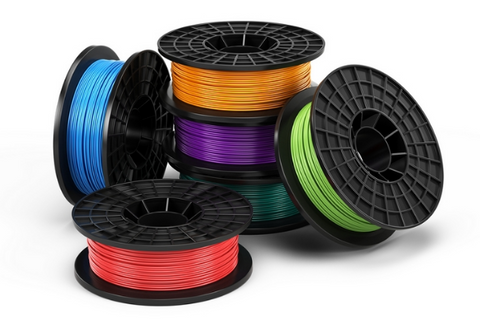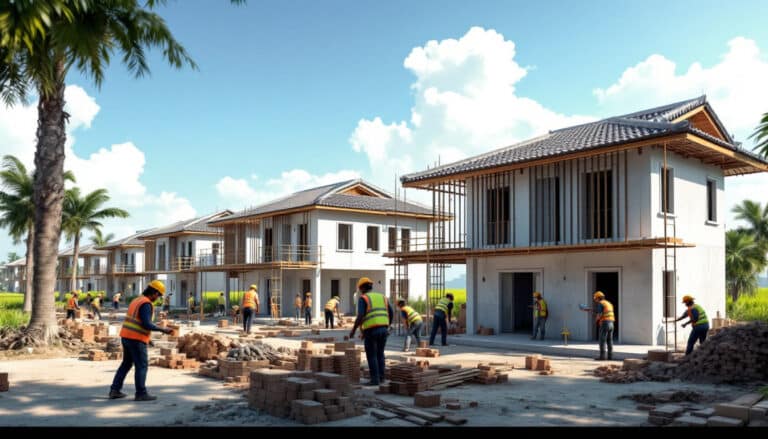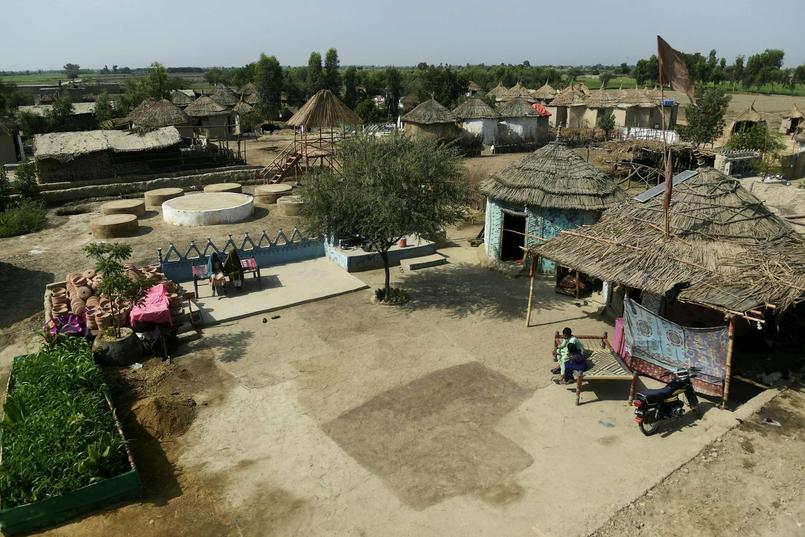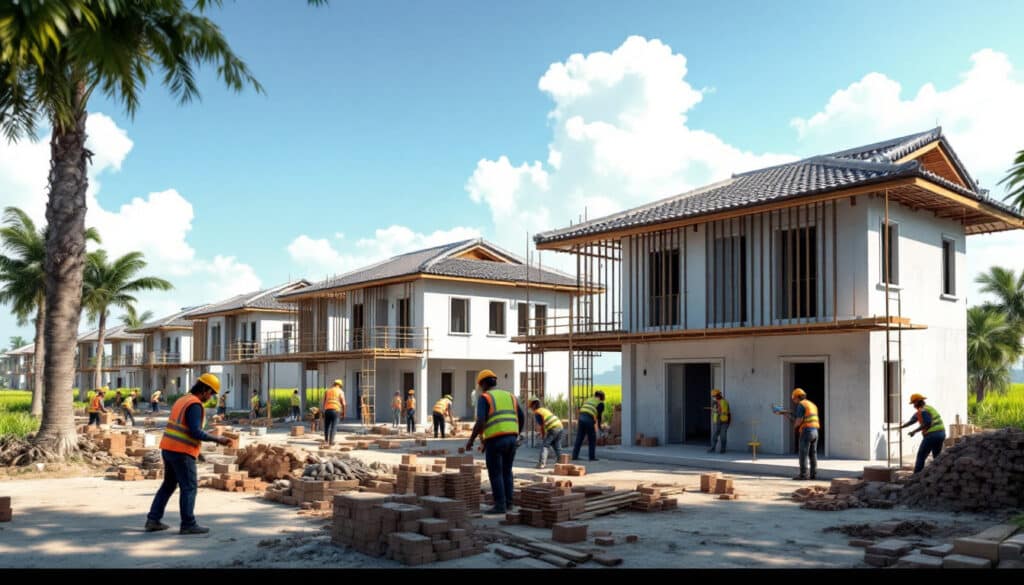3D printing by photopolymerization vat stands out as a revolutionary advance in the field of additive manufacturing, offering possibilities for using multiple materials with remarkable precision. By transforming liquid resins into solid objects through photopolymeric reactions, this technique allows the creation of complex and functional structures, suitable for a variety of applications, ranging from architecture to design. bioresistance, through electronics. Exploring this technology paves the way for innovations that redefine how products are designed and produced, as demand for personalized, high-performance devices continues to grow. In this dynamic panorama, the mechanisms underlying 3D printing by multi-material photopolymerization promise to further broaden the horizon of potential applications.
Table of Contents
Toggle3D printing by Vat Multimaterials photopolymerization
There vat photopolymerization is a 3D printing technique that has undergone marked evolution, encompassing sophisticated methods for integrating multiple materials into a single part. This process begins with the digitization of a model CAD into a set of 2D layers which are then solidified by exposure to light. There are several strategies for making multi-material prints, including multiple bin switching, there dynamic delivery of fluids in a single tray, and the ink deposit without tray. These advances pave the way for a wide range of applications, from electronic devices to biomedical structures. This growing field is also exploring new photocurable materials, making it possible to improve the properties of printed objects and expand the possibilities of functional engineering. However, challenges remain, particularly in terms of printing efficiency and material compatibility.
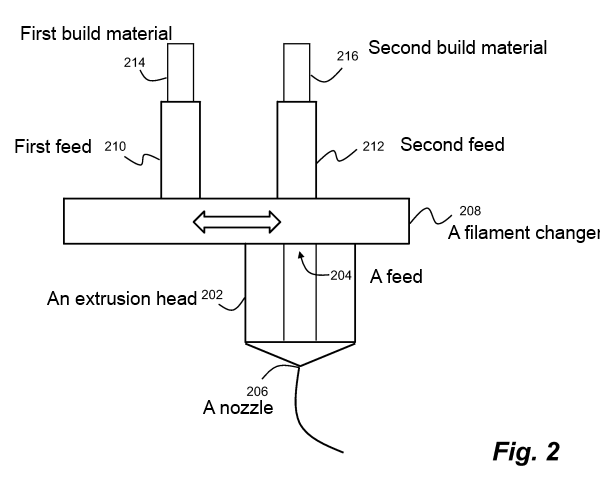
There additive manufacturing has undergone phenomenal development in recent years, with the emergence of photopolymerization who transformed the landscape of3D printing. Among these technologies, vat photopolymerization (VPP) stands out for its ability to create complex structures from multiple materials. This process uses liquid resins which solidify under the effect of a light source, thus making it possible to produce parts with unrivaled precision. Advances in this field have made it possible to overcome the traditional limitations of printing processes, particularly in terms of speed and diversity of usable materials, thus opening up new perspectives forinnovation industrial products and applications.
The mechanisms of multimaterial VPP
VPP relies on a fundamental mechanism where photosensitive resins are exposed to ultraviolet light, causing them to hardening. In a multi-material VPP printer system, multiple resins can be used simultaneously, allowing the creation of composite structures possessing varied properties. This results in objects having segments with distinct characteristics, such as stiffness, flexibility or conductivity. This approach not only makes it possible to design more functional products, but also to reduce production time thanks to speed labor and material usage, thereby contributing to more efficient and sustainable manufacturing.
Applications of 3D printing by multi-material VPP
The applications of multimaterial VPP are vast and expanding. Companies like Carbon have developed innovative solutions in the sports industry with Adidas 4DFWD shoes, where anisotropic lattice soles are produced for optimal performance. In the field of health, the use of3D printing enables the manufacturing of personalized medical devices, ranging from implants to tissue structures, that meet specific patient needs. By integrating biocompatible materials and the ability to create complex designs, this technology is poised to revolutionize the medical industry like never before.

